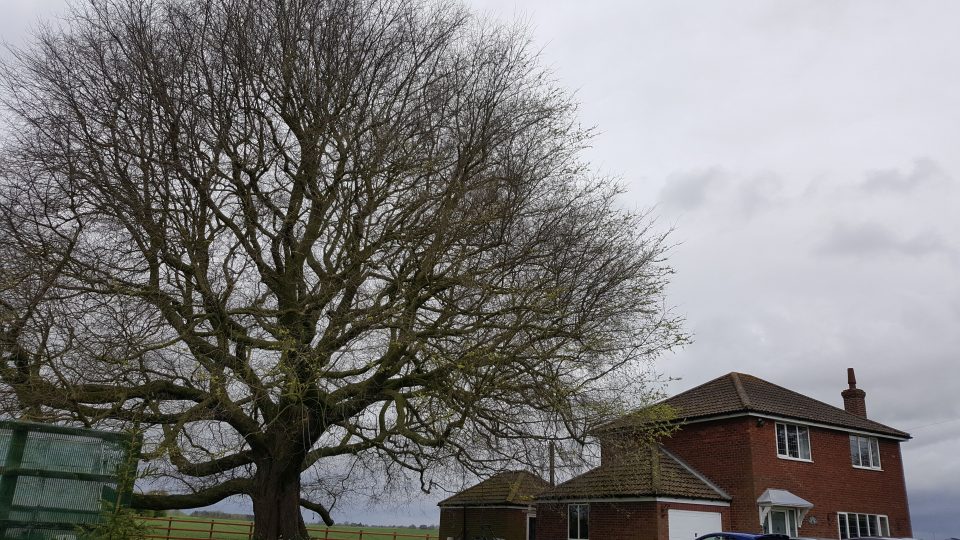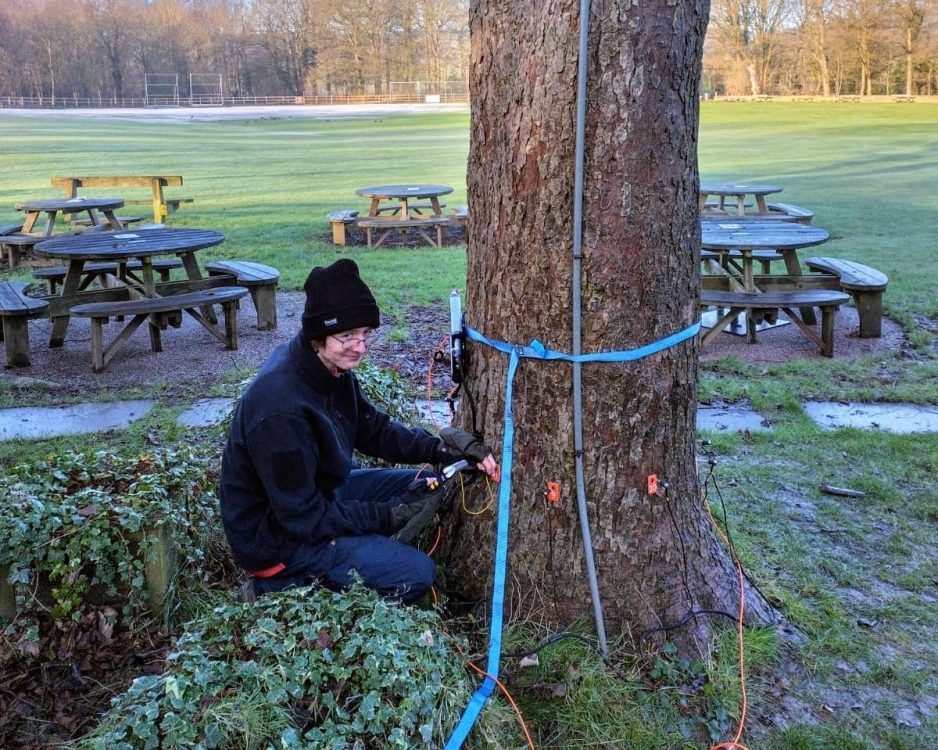
Expert Arboriculturists Join Our Team
2nd September 2022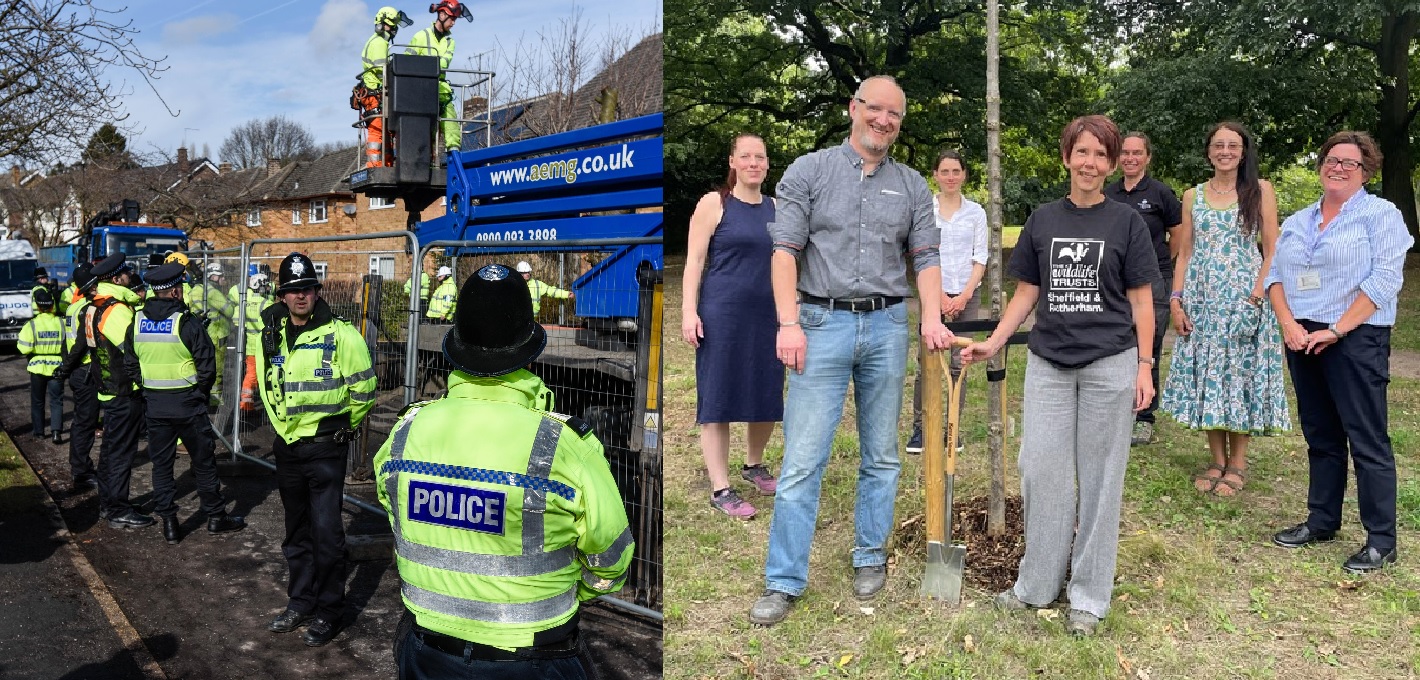
Managing Trees in Sheffield. A New Hope!
16th October 2022There’s no such thing as a tree.
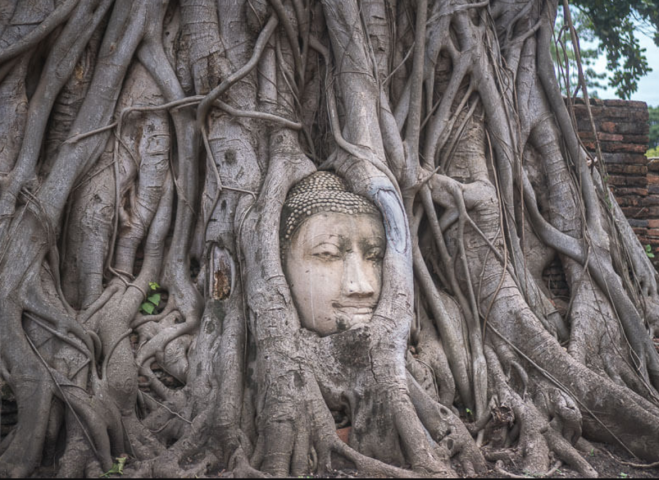
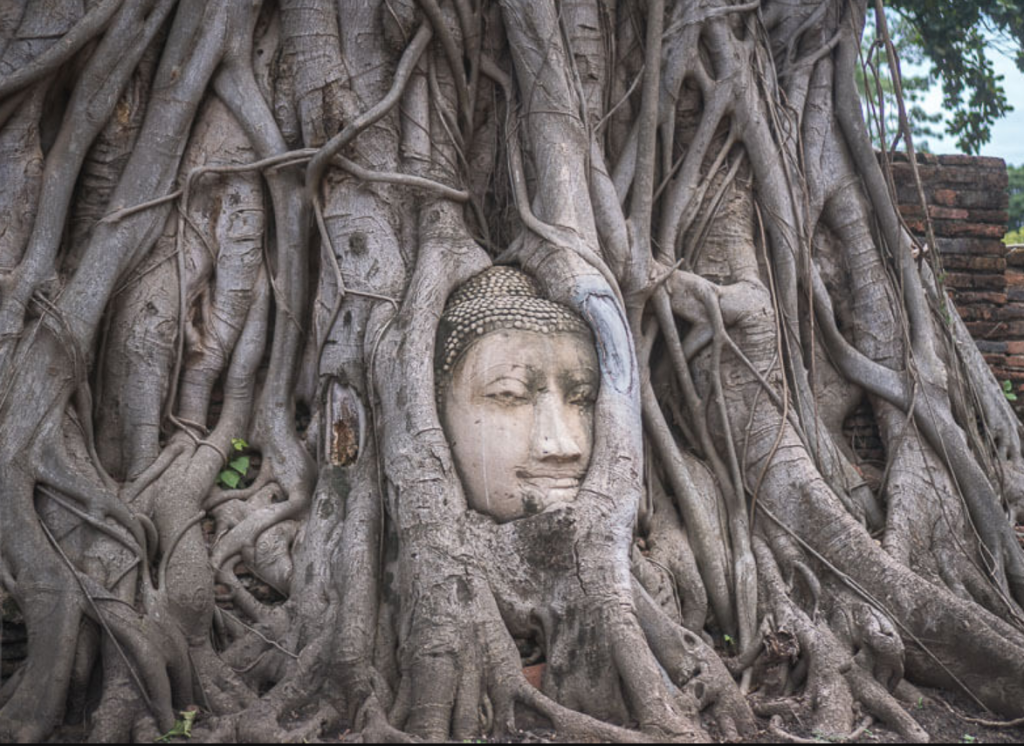
What is a tree? Such a seemingly simple question. But when examined closely, even the best minds struggle to find an to find a satisfactory answer.
When forced to provide an answer, experts ranging from Phylogenetic biologists, the High Court of Justice in England, and even Mahayana Buddhist masters, ultimately all come to the same conclusion: there is, in fact, no such thing as a tree.
- Do trees exist, scientifically?
All life on Earth is part of a single phylogenetic tree, indicating common ancestry. Phylogenetics is the taxonomical classification of organisms based on how closely they are related in terms of evolutionary differences – showing the evolutionary relationships among various biological species based upon similarities and differences in their physical or genetic characteristics.
However, “Trees” are not a coherent phylogenetic category. There are no unique “tree” genes, they exist all over the evolutionary map. As similar as their characteristics are, trees aren’t all related to each other. They’re just a habit, or a form that a plant can take – a different expression of genes that plants already use. Geneticist, Andrew Groover writes; “the categorization ‘Tree’ is intuitive and practical but contrived.” Maybe it’s time to start thinking of tree as a verb, rather than a noun — tree-ing, or tree-ifying. It’s not a thing but, a strategy, a way of being.
This means that, as a bizarre phylogenetic example – the conker tree – horse chestnut Aesculus hippocastanum is more closely related to broccoli Brassica oleracea than it is to the sweet chestnut tree Castanea sativa, and sweet chestnut is more closely related to baked beans Phaseolus vulgaris.
- Do trees exist, legally?
In UK Law, there is no definition (in either the 1990 Act or the regulations) of “tree”.
When it became a matter for the courts to decide what would constitute “a tree” the best answer they could come up with was: It seems to me that anything that ordinarily one would call a tree is a ‘tree’ .
In the absence of any biological definition, in legal terms, a ‘tree’ is more often defined by reference to its location and surroundings, as ‘amenities’, or “as living creatures providing pleasure, protection and shade”. A tree, the subject of a tree preservation order, would be destroyed when, as a result of what was done to it, it ceased to have any use as amenity, as something worth preserving… as to what is or is not an amenity, we think that one of the relevant circumstances which a forester could or should take into account in deciding whether a given injured tree should be felled is its situation.
“It is unprofitable to debate what is a “tree”, in particular because an acorn grows into a sapling and then into a fully-grown tree; there is bound always to be uncertainty as to what is the lower limit (by either age or size) below which the term is inappropriate”.
“Just as there is no precise moment at which a sapling becomes an adult tree, there is no moment when a seedling or shoot becomes a sapling…There can be no doubt in my opinion that at all stages of its life a tree is a tree, albeit that it can also initially be classified as a seedling or a sapling. However, to be of value, whether visual or ecological, a seedling tree must have germinated and be in a position to have full growth potential, i.e. not existing between gaps in a roadway, on shallow humus levels overlying built forms, or in crevices between hard surfaces and building.”
(Bullock v Secretary of State (1980) 40 P&CR 246, & (Barnet LBC v Eastern Electricity Board [1973] 1 WLR 430) etc, all garnered from Charles Mynors, The Law of Trees, Forest and Hedgerows (Sweet & Maxwell, 2002)).
In Law, once again, we encounter obscurities in any attempt to pinpoint the exact nature of “treeness,”. The onus seems to be on what a tree provides – its ‘amenity’- and its ‘potential’ to provide such amenity, rather than any discernible physical attribute.
- Never mind trees – Does anything exist?!
As scientists and legal minds struggle with the question, what is a tree, they make striking parallels with some of the ancient Buddhist thinkers. The search for the identity of a ‘tree’ unwittingly highlights the Buddhist philosophy that the more something is analysed, the vaguer it gets, until it is lost it altogether!
The Buddhist Hua-yen notion of ‘emptiness’ is one of the most complicated and intriguing features of Buddhist thought. The first Buddhist to systematically explicate the meaning of emptiness was the Indian philosopher Nagarjuna who, through rigorous analysis, dissected phenomena to reveal that nothing possesses inherent existence or self-essence.
To best illustrate this denial of self-essence he used an example of a fully grown oak tree, and asked, exactly when in our process of sawing off the branches does the tree stop being a tree?
“As it stands, the oak tree is an oak tree. If, however, we were to pluck out all the leaves of this oak tree, would it still be a tree? Most people would definitely say, yes. Trees lose their leaves in the winter all the time yet still remain trees. Suppose now that we were to saw off a few branches. Would our tree still remain a tree? Most people, again, would respond in the affirmative. We have all seen trees without a few branches. But let us say that we were to take another step and cut off all of the branches. What would we be left with? Now the response we would most likely get would be a trunk on a root, definitely not a tree.”
The point of the tree analogy was to illustrate that when analysed we can see the ‘tree’ is not fixed and determinate. The difficulty in pin-pointing a universal essence which we can unequivocally identify as “treeness” is one reason for believing there is no such essence to begin with. The human mind projects objects to be things they are not in-and-of-themselves.
- What does it all mean?
As arboriculturists, demanding that a “tree” doesn’t exist is not helpful or understandable. It would be a bizarre stance. But the above examples are a useful reminder that our categorisations and definitions do not define the real nature of trees. Whether they move us to tears of joy or are seen only as green things that stand in the way; “Tree” is just our clumsy best shot to describe these intangible wonders.


